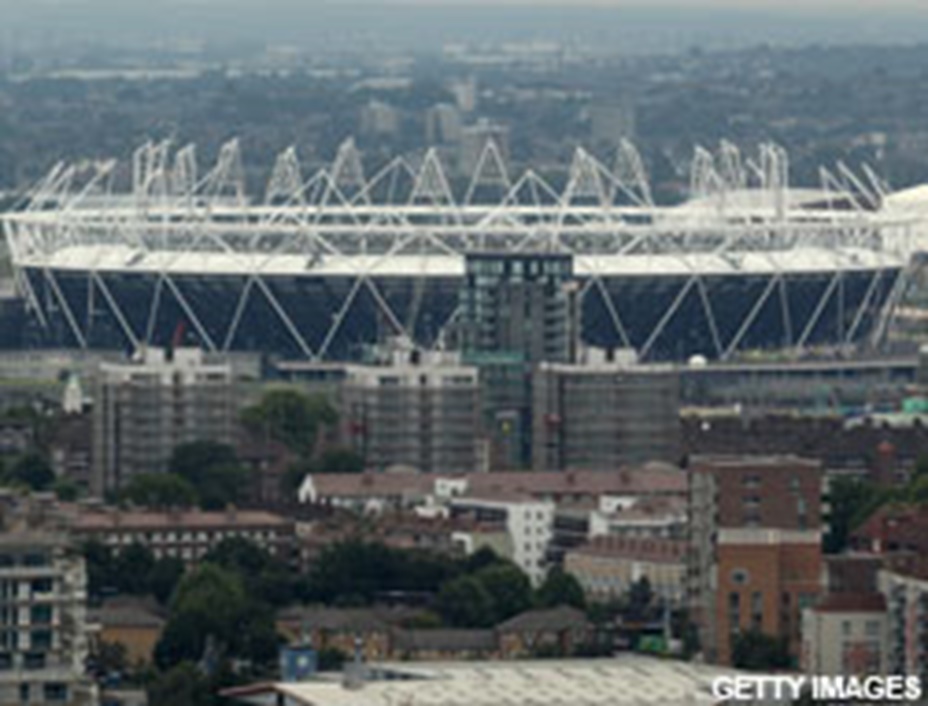The ’12 London Olympics “promise to be an exercise, more than anything, in architectural restraint” thanks to “old-fashioned British reserve and concerns about avoiding the white-elephant syndrome that has plagued many if not most host cities,” according to architecture critic Christopher Hawthorne of the L.A. TIMES. The differences in architectural tone between the London Games and ’08 Beijing Games “would be tough to overstate.” If the Beijing Olympics “were about national pride,” London organizers have “concentrated on planning for the post-Olympic future of their site, for what they refer to as its ‘legacy’ condition.” The main Olympic Stadium is “the clearest sign of that spirit of leanness.” Ringed by a “superstructure of white triangular supports, it's a building that looks almost unfinished -- or like scaffolding for another, more ambitious piece of architecture.” But there is “undeniably something appealing in a frank, bare-bones way about its proportions and its honesty.” The stadium is “designed as the anti-Bird's Nest, to be sure,” but it is a “pretty good building in its own right.” And if the collection of buildings in Olympic Park “has a pragmatic streak, from the perspective of infrastructure and landscape architecture, there is little simple or stripped-down about the 2012 site and its relationship to the rest of London.” The aquatic center, designed by Zaha Hadid Architects, is divided into "two sections, one permanent and one temporary.” The “legacy version, which will seat 3,000, is typical Hadid: a stunning column-free interior beneath an undulating roof, with diving platforms that look like liquid sculpture.” Hawthorne wrote the “practicality of the architecture” in London’s venues is “a reaction to the economic rather than the political excesses of the recent past.” The '12 Games are “shaping up, in fact, as one of the clearest signs yet that the architectural boom years of the last decade or so in the West have definitively ended” (L.A. TIMES, 11/27).




